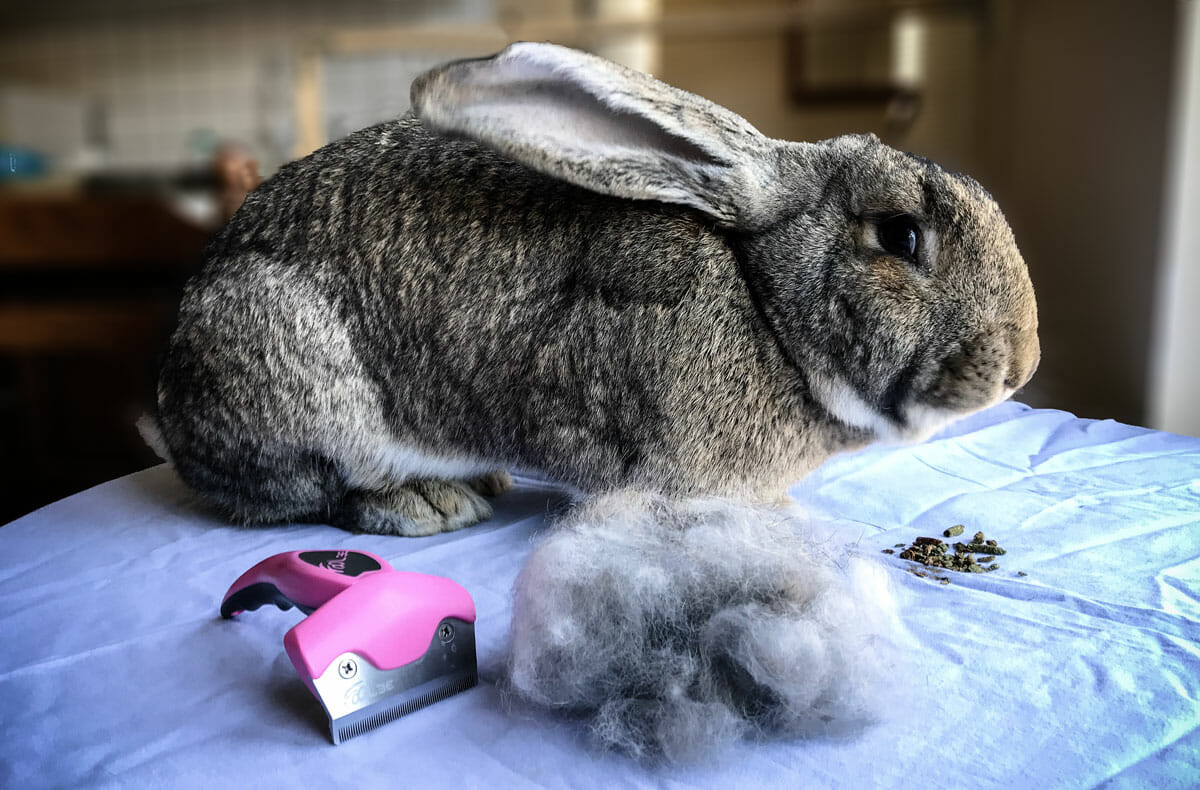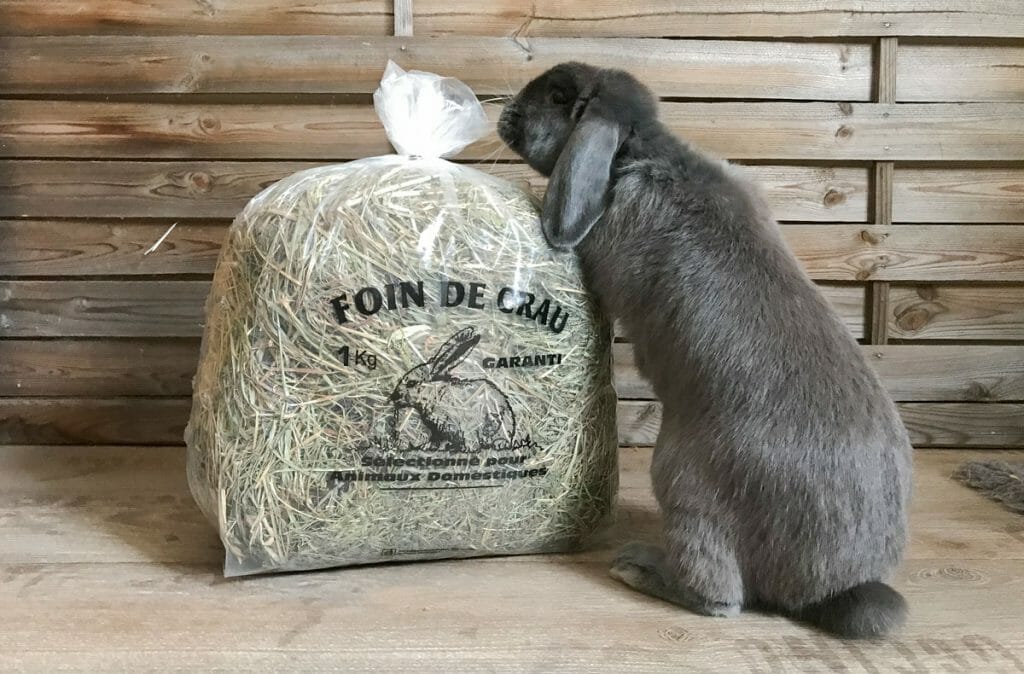The phenomenon of moulting rabbits: know a little more …
The fur of our rabbits is made up of two kinds of hair.
- The hairs that are the longest.
- The under hair or down which has a role of thermal insulator, it is the shortest hair and the finest. They are 30 to 50 times more numerous than the cover hairs.
The hairy texture varies from one breed to another. The density of the fur is observed by blowing inside.
Moulting is a natural phenomenon. Rabbit moulting usually occurs twice a year. In young rabbits at the age of 5 to 6 weeks then the second at 4 or 5 months. Then when the rabbit is adult, the moulting of the rabbit occurs mainly during seasonal changes in the spring and fall. You will notice that the fur is shorter in summer than in winter. Always remember that our domestic rabbits are all wild rabbits. Although they do not really have to worry about temperature changes anymore, they have genetically kept this phenomenon in mind. So if for some the molting rabbit is very discreet in others it’s absolutely surprising! Rabbit moult can also cause a change in color and a significant loss of hairs resulting in holes in the coat in view of the difference in length between the old and the new hair. The moult of the rabbit starts from the nose in general and ends with the tail.
The digestive dangers of rabbit moulting
As we have all noticed, the rabbit is a frequent pet and when moulting the rabbit, it ingests a greater amount of hair that can clog in the stomach or intestines creating a very ball hard called trichobezoard. We must be aware that the rabbit can not vomit, can not expel this ball of hair. Alas the acidity of the stomach will not be enough to disintegrate the trichobézoard, and the short-term risks are stopping the transit.
How to detect a transit stop
The observation of dung is very important:
- If they are connected together forming a kind of rosary, you must be vigilant.
- If the size of the droppings gradually decreases you must be vigilant.
- If your rabbit does not want to eat anymore!
- If your rabbit makes the ball in a corner CAUTION!
Whatever happens to your vet, everything is a matter of time and with the rabbit you have to go very fast.
What can be done to reduce the risk of stopping rabbit transit?
Already feed your rabbit rich in fiber, in greenery so that it is well hydrated.
Brush it as regularly as possible, especially when moulting rabbits. Daily brushing will already reduce the risks.
From experience, I recommend the Foolee brush. Elvis and Iris have made me scary and since I use this brush (I cross my fingers, they have not made stops transit). Indeed this brush removes about 90% of dead hair so it’s not nothing.
It takes a gentle brushing of the rabbit, this brush works on both rex-like short hairs and Angora rabbits.
And do not forget the pineapple and papaya, which are allies in prevention or during crises.
So in conclusion, it is possible to prevent a maximum this disease by a varied diet, based on hay and greenery as well as regularly brushing your rabbit.

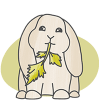 Food
Food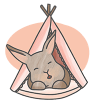 Essentials
Essentials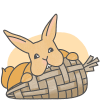 Toys
Toys Accessories
Accessories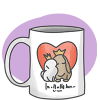 Goodies
Goodies